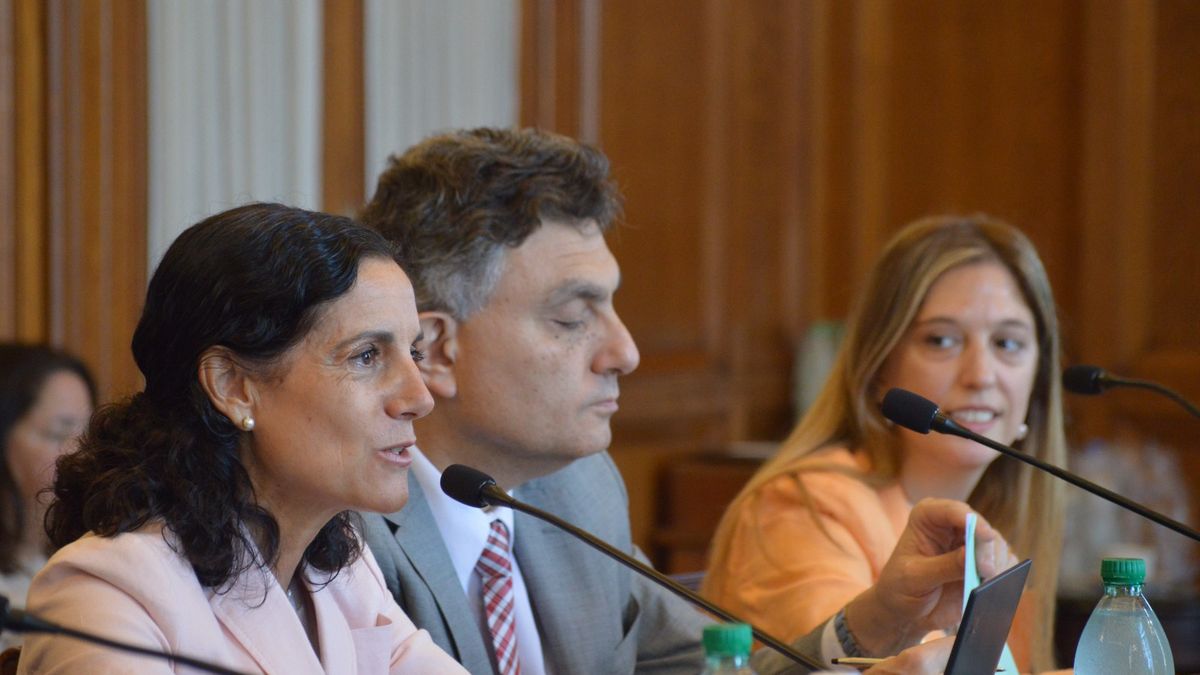The Senate Finance Committee voted unanimously on Thursday the project to reduce the Personal Income Tax (IRPF) and of the Social Security Assistance Tax (IASS) After listening to the arguments of the Minister of Economy and Finance (MEF), Azucena Arbeleche.
The path of the tax modifications will continue next Tuesday with the debate and approval in the plenary of the Upper House to, a day later, reach the Chamber of Deputies to receive the final sanction.
Arbeleche explained the fundamentals that make possible the tax reduction set out in the text that the legislators, as they advanced, will not modify or debate.
embed
Minister Azucena Arbeleche together with other authorities from the economic team present before the Senate Finance Commission the tax reduction bill based on modifications in personal income tax and IASS and debt forgiveness of Mides monotributistas. pic.twitter.com/o2V9jCWowp
– Economy and Finance (@mef_Uruguay) March 9, 2023
Three years of fiscal consolidation
The fundamental argument behind the tax cut that, finally, the president Luis Lacalle Pou officially announced on March 2, during his speech of Accountabilityis the growth of Gross Domestic Product (GDP) of the country, as well as the fiscal consolidation achieved from the Law of Urgent Consideration (LUC).
In this sense, Arbeleche presented a graph that summarizes the most important data: during 2022, GDP exceeded expectations with 5% annual growth, after a good 2021, where growth reached 4.4%. This occurred after a 6.1% drop in GDP in 2020 —in the context of the toughest moments of the Covid-19 pandemic and its impact on international economies—, and several years in which growth did not reach 2% per year.
In turn, 2023 has projected a potential growth of 2.1% from the reform agenda.
According to MEF technical reports, the good management of public resources during the last three years is what the tax relief allows, after having complied with the three pillars of the tax rule: structural fiscal result (-2.4%), spending ceiling (real effective variation of -0.5%) and debt ceiling (1,813 million dollars of net indebtedness).
This, in turn, is compatible with the increase in public spending, which contemplates for 2023 and 2024 a tax waiver of 150 million dollars per year —80 million correspond to the reduction of the IRPF and 30 million, to that of the IASS—; and it is estimated at 469 million dollars for this year, and 487 million for next year (+1.5% and +2%, respectively).
The objectives of the reduction
Likewise, Arbeleche defended the objectives of the rebate in general —increase the real disposable income of people and improve the financial situation of micro and small businesses, promoting formality—, and of the modifications of each tax, in particular.
Regarding the personal income tax, The purpose of the government is “to alleviate the tax burden of taxpaying workers with lower incomes and those who have dependent children” by increasing deductions, which is also understood as a first step towards an income tax, and not wages.
As an example, the presentation gives, among others, the case of a person who earns a nominal salary of 60,000 nominal (45,500 liquids), with a minor child and a rent of 18,000 pesos per month. This person, without the reform, must pay 22,164 pesos per year as income tax —1,847 pesos per month—; while, with the discount, she would pay 10,054 pesos per year, 55% less.
As for the IASS, The objectives are tax relief for retirees and pensioners who pay taxes, as well as a greater benefit for IASS taxpayers with fewer liabilities.
As an example, a person who receives a passivity of 65,000 pesos per month, currently must pay 23,664 pesos per year for IASS —1,972 pesos per month—; while, with the reform, she would pay 16,872 pesos a year, which means a reduction of 29%.
Source: Ambito




